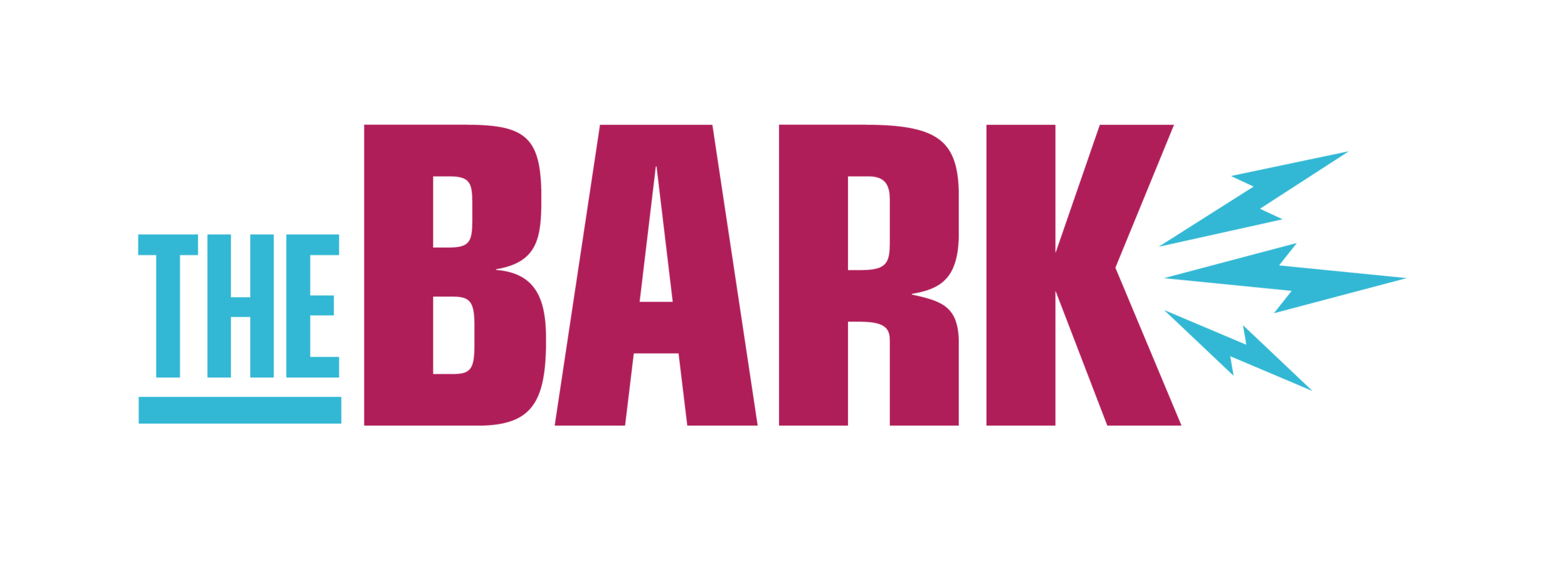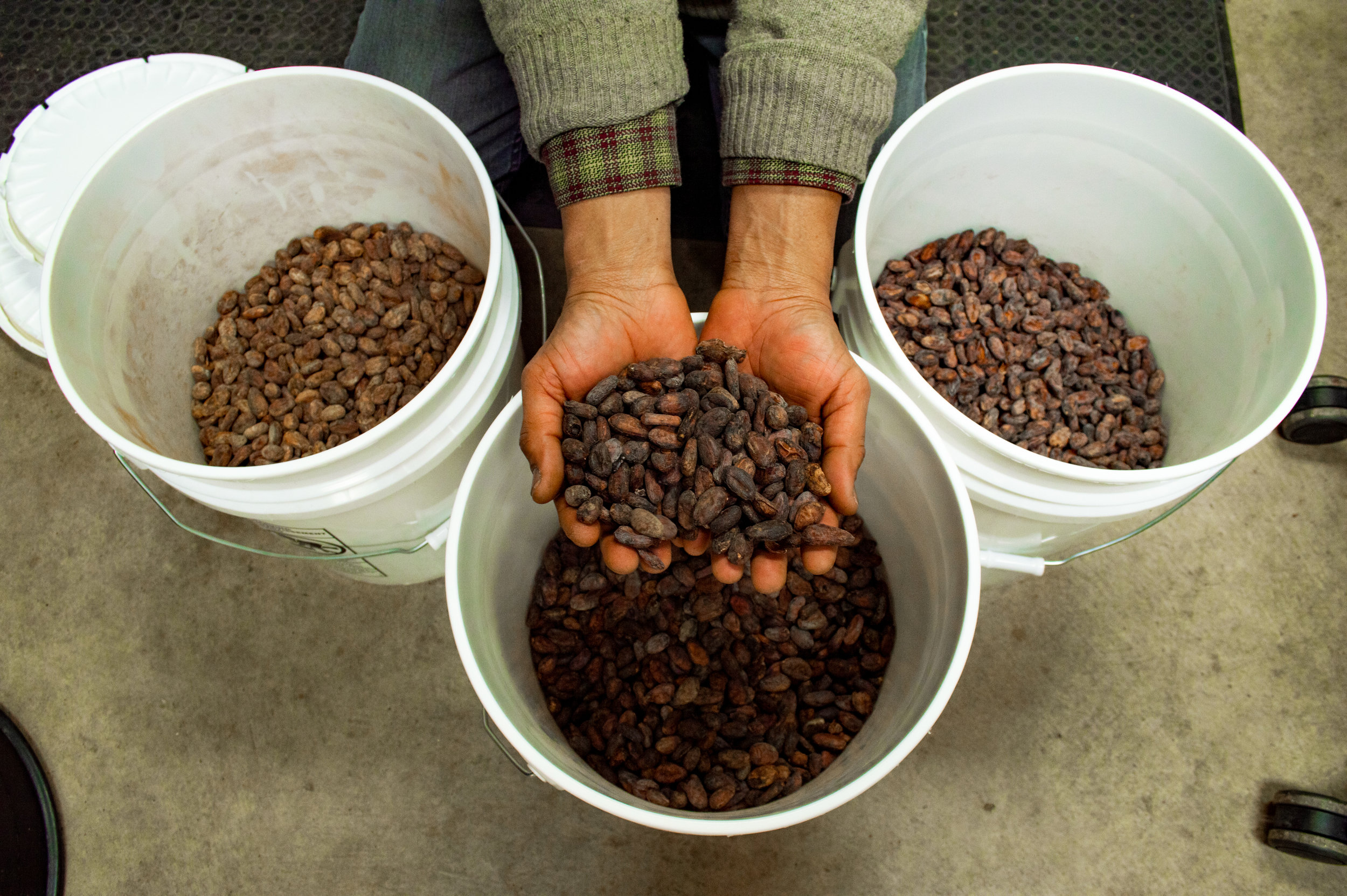Chemical chocolate lab cooks up attention of students
Cocoa beans after they have been roasted. Photo by Jake Barnard
If you walk by room 170 in the chemical engineering department, you will see the chemical chocolate lab that Steve Sternberg, associate professor in the chemical engineering Department, other faculty and undergraduate students work on.
“I work with completely different people who come from different chemical engineering classes,” Sternberg said. “Chemists have no required chemical engineering courses.”
Sternberg has been working on the chemical chocolate lab for almost five years.
“This is a curriculum enhancement,” Sternberg said. “Chocolate is edible.”
The picture of a dog on the chocolate lab door is a Labrador and its nickname is chocolate lab.
Sternberg said that the chocolate lab is not an assignment, but a research lab, teaching students how to understand chemical engineering.
This is the process of the blending the chocolate. Photo by Jake Barnard
According to the chemical chocolate lab instructions, Sternberg states that students come from different classes in the chemical engineering department to experiment in the chocolate lab.
“We start with raw cacao beans, then roast them, then crush them,” Sternberg said. “Next, we use the winnower to separate things and husk it, transforming it into nibs.”
After that, the process consists of refining and conching the beans, then tempering them. Sternberg said that the next step do is put the chocolate in the grinder, mixing it with liquor, until they finally add milk, sugar and cocoa butter.
“You can add flavors, including vanilla,” Sternberg said.
Then the process allows for different additives.
“For the product, you can put whatever you want in it, like nuts, marshmallows, rice krispies and seeds,” Sternberg said. “It can be a candy bar, any shape you want.”
Sternberg said that the chocolate takes 24-72 hours to make.
The process could also last overnight or longer.
“We add 60% of milk chocolate and 40% of sugar and powdered milk to make the chocolate,” Sternberg said. “When you go to the store, you get 50% sugar, 20% milk and 30% cocoa butter.”
Sternberg said that the cocoa beans he uses comes from all over the world, including Papua New Guinea, Vietnam, Ivory Coast and Peru.
Sternberg is planning to expand the lab with an actual kitchen in the future. The lab wants to plan a study abroad trip to Trinidad for the spring 2020 team.


